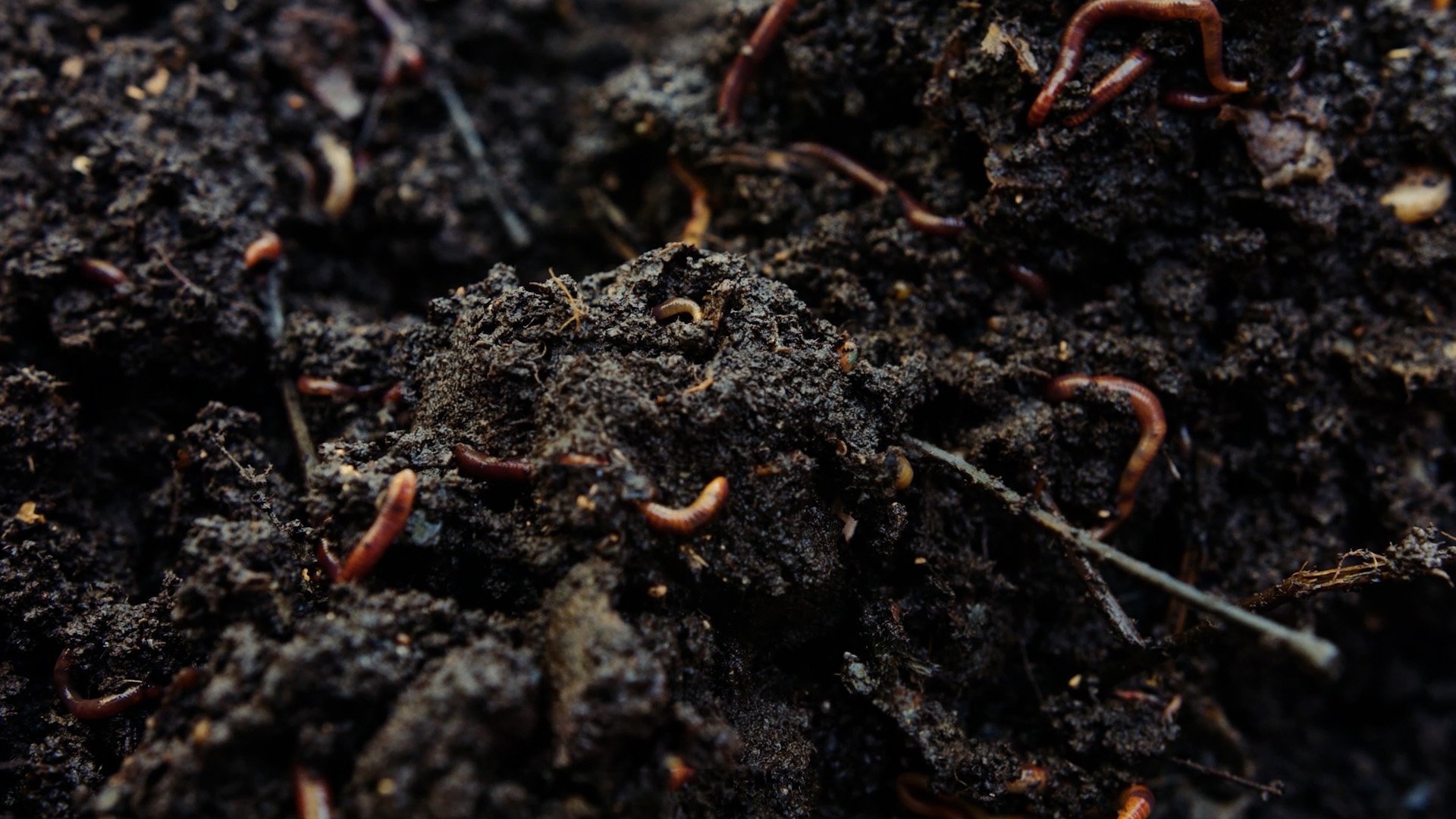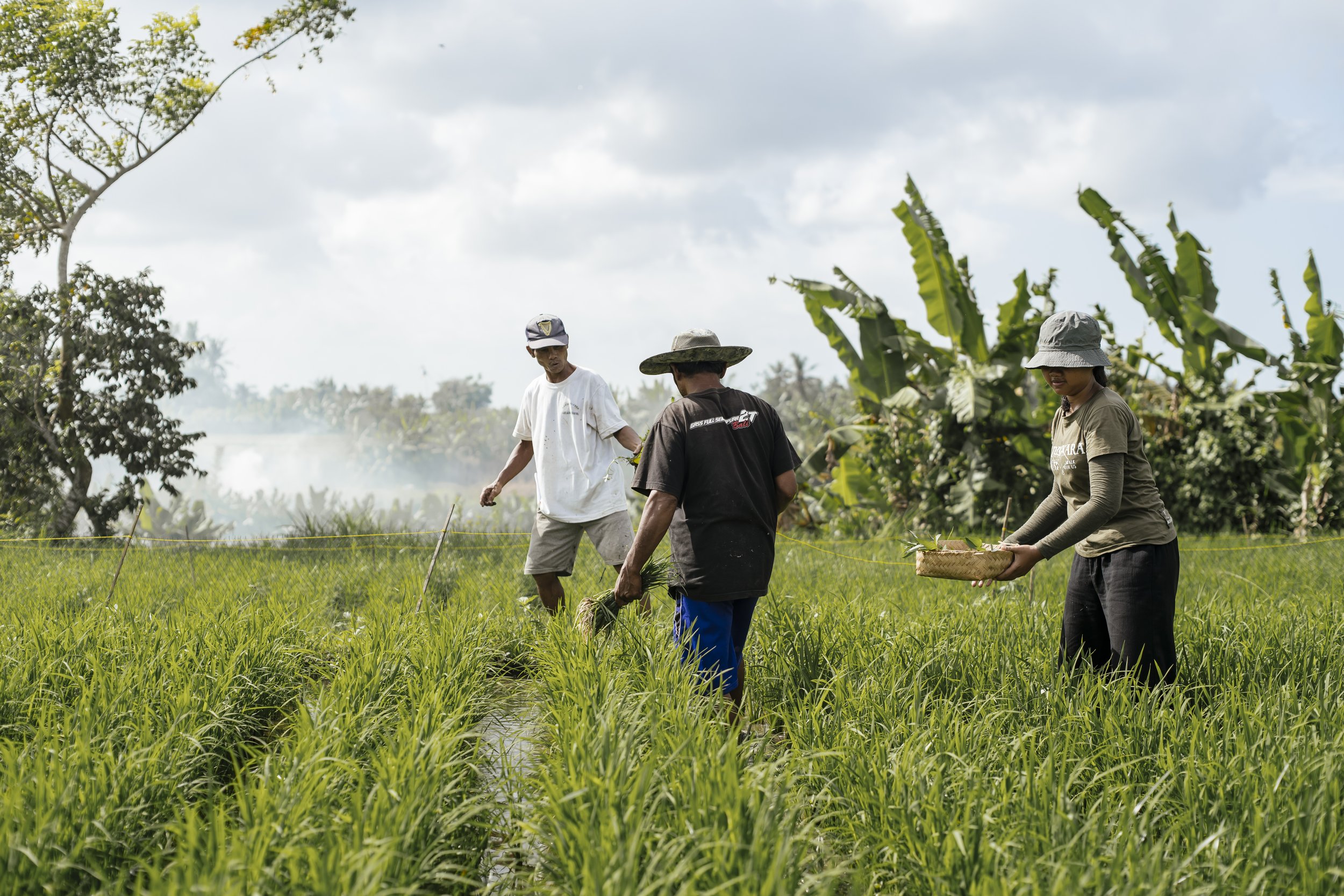
The solution is
under our feet
What do you remember about carbon from your school science lessons? That it’s bad for the planet? It makes diamonds under pressure? How about the fact that it’s crucial for sustaining all life on earth? A healthy carbon cycle provides insulation that regulates temperatures and creates a suitable living environment for all organisms. The problem is the rate at which human activities like burning fossil fuels and extractive land management release carbon into the atmosphere, expediting global warming and leading to extreme weather that negatively impacts our people and planet.
Soil is one of Earth’s five natural ‘sinks’ that store carbon. Healthy soil can potentially draw down excess carbon in the atmosphere, reducing the impacts of climate change.
However, large-scale agriculture methods have degraded soil up to 100 times faster than natural processes can replenish it, disrupting critical ecosystem functions.
By rebuilding soil health, we can reduce extreme weather events, revive farmer prosperity, and restore biodiversity.
95% of the world's food is grown in soil.
95% of the world's food is grown in soil.

Beyond
Organic
Regenerative agriculture, also known as climate-smart or carbon farming, is now recognised by global leaders as a mechanism to restore our climate through how we grow food.
Regenerative agriculture takes a holistic approach that goes beyond sustainable and organic methods. It is based on flexibility and adaptation, prioritising what nature needs to do its best work considering each farm's context. Principles include the least disturbance to soil structure (e.g. no/low till), soil armour (e.g. cover cropping), and increased biodiversity.
Responsible for over 50% of global greenhouse gas (GHG) emissions.
Grows the highest volume of commodity food globally (including sugar cane and 90% of rice).
One-fifth of Central Asia’s land has been degraded.
With its population projected to hit 5 billion by 2035, we must increase quantity and quality of food without further depleting land, creating more waste, or exploiting communities. Asia is the land of regenerative opportunity.
Why Asia?

ZFPA leads Asia's arm to cultivate a network of chefs and food business leaders around the importance of financing soil restoration.
Projects selected demonstrates the readiness of implementation, degree of soil sequestration, scalability, and the ability to foster socio-economic benefits for local communities.


